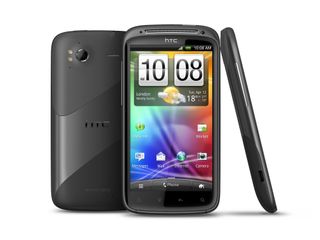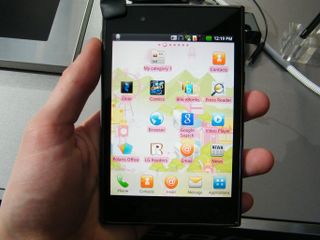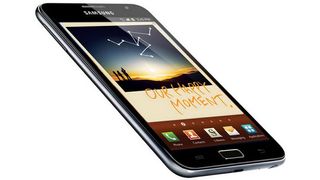Best phone screen: display tech explained
Which mobile phone screen type is best?

It's a resolution that can be found, for example, on the Sony Ericsson Xperia Arc S.
qHD (540 x 960)
One quarter of a full HD frame, these high-resolution displays are increasingly being used by smartphones as screens get bigger and bigger.

The HTC Sensation is a prime example of this resolution in action.
DVGA (640 x 960)

Also known as Double VGA, this is a very high resolution for phones and is used by the iPhone 4 and iPhone 4S and is dubbed Retina display by Apple.
XGA (768 x 1024)

This stands for 'Extended Graphics Array' and isn't commonly used in phones, though the forthcoming LG Optimus Vu does have an XGA display.
HD (720 x 1280)
Often referred to as 720p, this is the lowest resolution which would normally be considered high definition.

It is most notably used by the Samsung Galaxy S3 and HTC One X.
WXGA
Standing for 'Wide Extended Graphics Array', this, as you might have guessed, is a widened XGA resolution.

A number of resolutions fall under the WXGA banner, but the only smartphone to currently have a resolution this high is the Samsung Galaxy Note, which has an 800 x 1280 display.
Which is the best mobile phone screen?
When buying a phone, the screen will always be a factor, but it isn't going to be the decider for that many people. The important thing is to understand what you're being offered.
This often isn't helped by obfuscating brand names, such as Apple's Retina display or Sony Ericsson's Reality display. In this case, Apple is referring to the high pixels per inch count of its display, rather than a particular technology, while Sony Ericsson's Reality display with Mobile Bravia screen uses mostly software improvements to the video to achieve impressive results.
In both cases, it's actually LCD technology powering things, which can often be discovered by looking past the marketing and at the specifications.
The ideal option for you may come down to what you use your phone for most. If you like to watch movies and play games on your phone, AMOLED might be the better choice, thanks to its hugely superior contrast ratio compared to LCD.
However, if web browsing and document viewing is more your thing, LCD usually offers slightly crisper text, making it easier to read what's on screen over long periods. In either case, you're unlikely to be disappointed with the best of what manufacturers offer.
Get daily insight, inspiration and deals in your inbox
Get the hottest deals available in your inbox plus news, reviews, opinion, analysis and more from the TechRadar team.
James is a freelance phones, tablets and wearables writer and sub-editor at TechRadar. He has a love for everything ‘smart’, from watches to lights, and can often be found arguing with AI assistants or drowning in the latest apps. James also contributes to 3G.co.uk, 4G.co.uk and 5G.co.uk and has written for T3, Digital Camera World, Clarity Media and others, with work on the web, in print and on TV.

